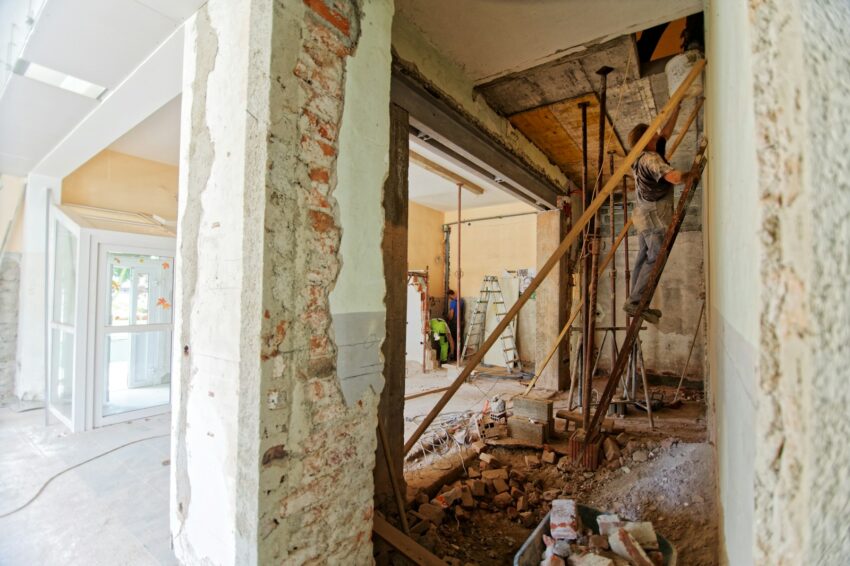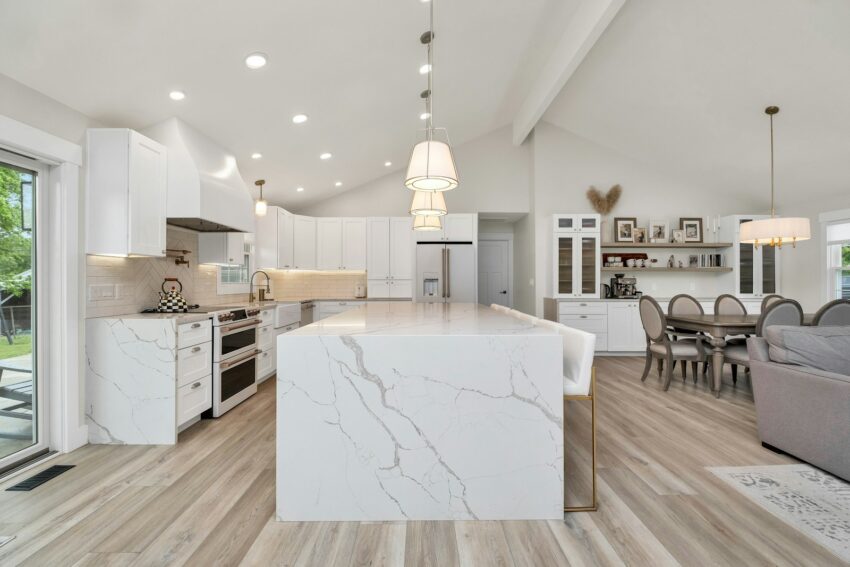Renovating your home should be exciting. But too often, it turns into a stressful experience filled with delays, surprise costs, and regrets that last long after the paint dries. The good news? Most renovation disasters are preventable—if you know what to watch out for.

Homeowners across Canada have shared hard-earned lessons about what went wrong during their projects, from minor remodels to full-home overhauls. Their stories highlight a simple truth: success starts with preparation and the right team. That’s why so many people choose trusted remodeling and renovation services to guide their projects from day one, helping avoid the most common (and costly) mistakes.
Let’s break down the most common renovation errors—and how you can steer clear of them.
1. Underestimating the Budget (By a Lot)
It’s human nature to focus on best-case scenarios when planning a renovation. But in reality, unexpected costs almost always pop up—whether it’s structural surprises hidden behind walls, material price hikes, or design changes midway through the job.
The mistake? Starting with a razor-thin budget that leaves no room for error.
The fix: Add a contingency fund of at least 15–20% to your renovation budget. According to the Canadian Home Builders’ Association, this is standard practice to cover unforeseen issues without derailing your project.

2. Choosing the Cheapest Contractor
Everyone wants a good deal, but the cheapest quote often leads to the most expensive headaches. Homeowners who fall for lowball bids often find out too late that corners were cut, permits weren’t pulled, or warranties don’t exist.
The better approach is to focus on value, not just price. Look for professionals with solid portfolios, transparent pricing, and a reputation for quality. Inexperienced or fly-by-night contractors may leave you with subpar work—and no way to fix it without starting over.
3. Skipping Proper Permits
This one catches more homeowners off-guard than you’d think. Permits aren’t just red tape; they’re there to ensure safety and compliance with municipal codes. Skip this step, and you could face hefty fines, legal problems when selling your home, or even be forced to undo completed work.
Make sure your contractor handles all necessary permits before starting. If they tell you permits aren’t needed when you suspect otherwise, consider it a red flag.
You can check specific permitting requirements through your local city or municipal website. For Toronto residents, the City of Toronto Building Permits Guide is a helpful starting point.

4. Ignoring Function for the Sake of Looks
It’s easy to get swept up in design trends and Instagram-worthy finishes. But many homeowners regret focusing too much on aesthetics without thinking through how their new space will actually work day-to-day.
That open-concept kitchen might look stunning, but did you consider storage? Are outlets in the right places? Is there enough lighting, or will you constantly struggle with shadows?
The smartest renovations balance beauty with practicality. Work with your contractor to create a functional design plan before you start knocking down walls.
5. Not Asking Enough Questions Upfront
Homeowners often assume their contractor understands exactly what they want—but assumptions lead to misunderstandings. Some forget to ask about material brands, project timelines, or subcontractor details until it’s too late.
Don’t be afraid to get specific. Ask detailed questions before signing anything:
- Who’s handling each part of the job?
- How will changes be communicated?
- What happens if there’s a delay?
- Are there preferred suppliers or brands?
This kind of proactive communication builds trust and ensures everyone is on the same page from the start.
6. Micromanaging the Process
Yes, you want to stay involved—but hovering over every nail and tile can actually slow things down. Contractors are professionals, and constant second-guessing interrupts their workflow.
Instead of micromanaging, focus on regular check-ins. Weekly updates give you peace of mind while letting the crew focus on doing what they do best. Clear expectations around progress reports and site meetings can help keep everyone aligned without creating unnecessary tension.
7. Making Last-Minute Changes
One of the fastest ways to blow your budget and timeline? Changing your mind halfway through the project. Deciding you want different tiles, fixtures, or layouts after work has started means additional labour, materials, and sometimes rework.
Avoid this by finalizing your plans before the demolition begins. Spend extra time upfront selecting finishes, reviewing drawings, and walking through the project scope with your contractor. This prevents expensive pivots down the line.
8. Forgetting About Energy Efficiency
Many homeowners overlook efficiency upgrades during renovations—and it’s a missed opportunity. Swapping out old insulation, installing energy-efficient windows, or upgrading HVAC systems can cut utility bills for years to come.
Canada offers several rebate programs for eco-friendly upgrades. For example, the Canada Greener Homes Initiative provides grants to homeowners who invest in sustainable renovations. Talk to your contractor about how to integrate efficiency into your remodel from the start.
9. Overlooking the Resale Impact
Not every renovation adds value to your home. Some custom choices—like converting a bedroom into a massive walk-in closet—might work for you, but could hurt resale value later.
Before making permanent changes, think about how your decisions will appeal to future buyers. Even if you’re not planning to sell anytime soon, it’s smart to protect your investment. A trusted contractor can help balance personalization with market-savvy upgrades.
10. Neglecting to Plan for Life During Construction
Living through a renovation is stressful, especially if you haven’t thought through the logistics. Dust, noise, and limited access to parts of your home can wear on even the most patient families.
If your project is large, consider temporary accommodations or at least set up a safe, livable space in your home where you can escape the chaos. Plan for pets, kids, and daily routines so the disruption is manageable.
Your Renovation, Done Right
At the end of the day, the best way to avoid renovation mistakes is to go in prepared—with a clear plan, realistic expectations, and the right experts by your side. Homeowners who work with trusted remodeling and renovation services avoid most of these common pitfalls because they have guidance every step of the way.
Renovations don’t have to be stressful or risky. They can be transformative, rewarding, and yes—even enjoyable—if you get the fundamentals right from the start.
